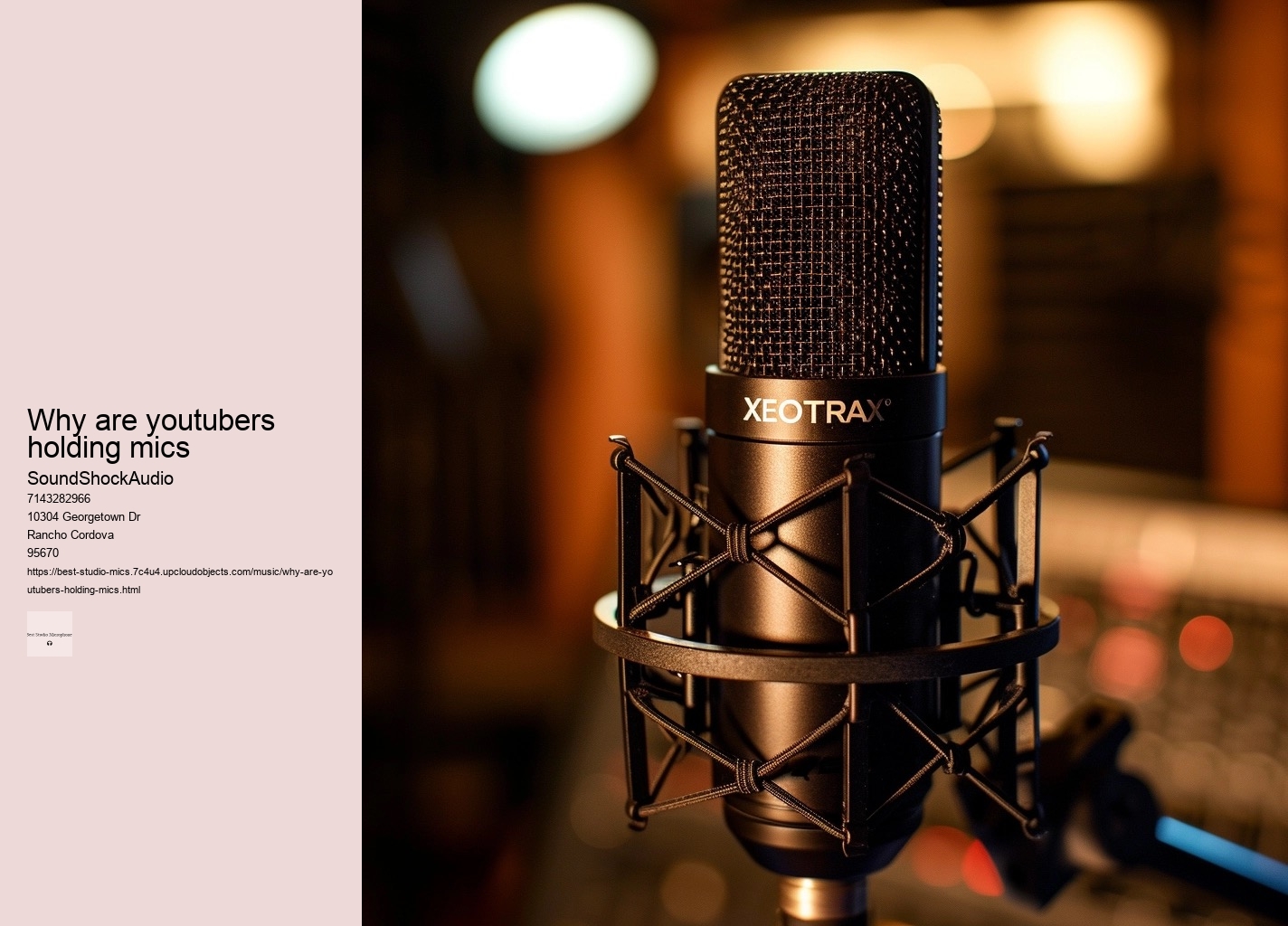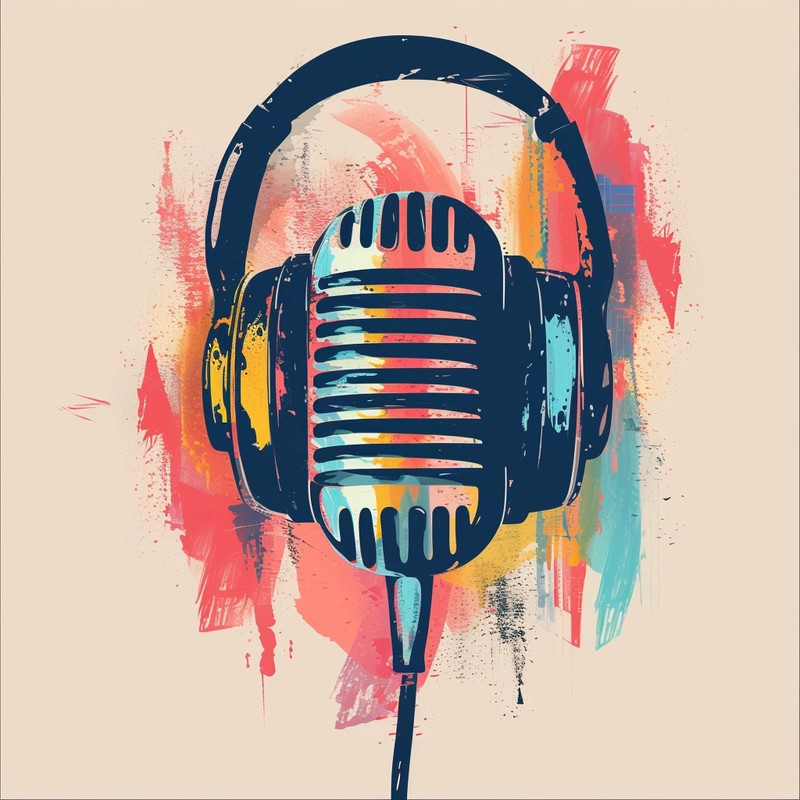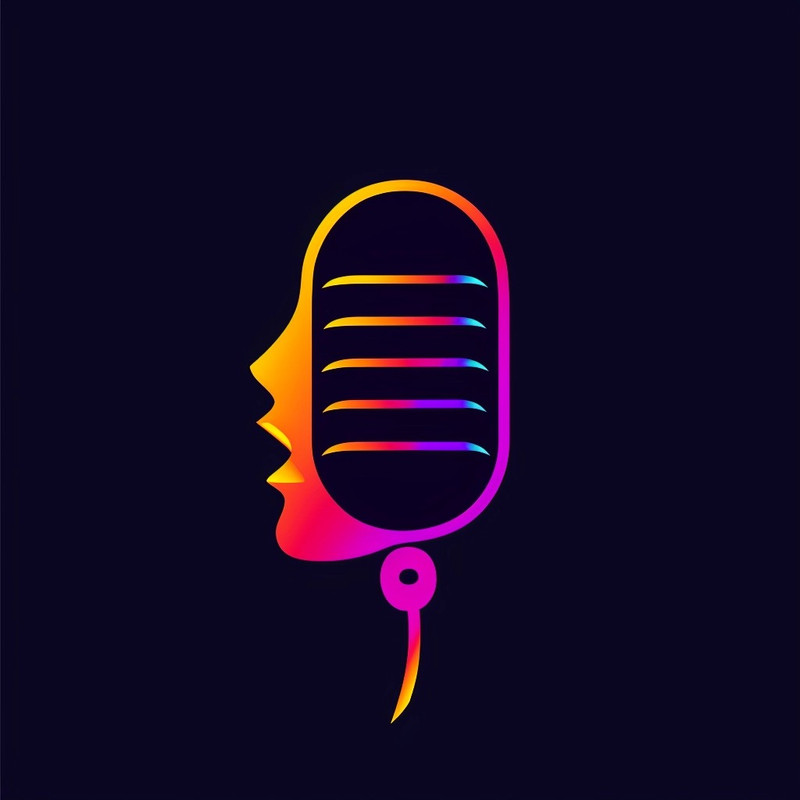

It also has a tight, low-end, perfect for taming low-frequency instruments like double basses, kickdrums, and guitar cabs. The 47 FET was a huge hit in recording studios because it had the same sound as the 47 tube microphone, but with solid-state technology instead of valves. The one converts sound into electrical signals and the other does it in reverse. It is this device that deftly transforms analog brilliance into digital excellence, ensuring every subtle detail and dynamic expression is captured for posterity.
The 121, along with another mic in this list is the definitive guitar-cabinet microphone of the past 20 years. Conversely, distance creates space and airiness, often preferred for capturing natural acoustic instrument tones.
Elgato Wave: 3 has been used by musicians, podcasters and gamers. boom arm The C414 has been used by a number of artists in major studio productions. To find out which microphone to buy, check out the best studio microphones on SoundShockAudio..
However, even the most exquisite microphone can falter without its unsung heroes: preamps and audio interfaces.
Firstly, consider the microphone's type: dynamic or condenser. Understanding polar patterns will help you place your microphone to capture vocals effectively and reduce background noise. This condenser microphone with a large diaphragm produces a warm, smooth tone that accurately captures vocals over a wide range of frequencies. Lastly, headphones serve as both scout and guardian in this realm—a means to intimately monitor and critique sounds as they come to life while keeping external noise at bay.
Cardioid microphones have a heart-shaped pattern from which they derive their name. The Neumann U87, for instance, is iconic; its warmth and presence have graced countless hit records over decades.
Our tests have shown that this mic can be used with many different preamps, without needing to increase the gain to levels that cause noise. However, without proper isolation, this artist is bombarded with unwelcome noise—a cacophony of reflections from walls, floors, and ceilings that muddy the intended sound.
Vintage U47 microphones, if you can find them, are among the most sought-after pieces of studio equipment on the planet.
Dynamic mics are renowned for their durability and ability to withstand high pressure levels, making them ideal for capturing loud sources like drums or guitar amplifiers. But it also makes sense artistically. This legendary sound, which is no longer available and is expensive to buy originals of, is still highly sought after. Thirdly, use rugs or carpets along with heavy curtains on windows not only to prevent external noises from entering the room but also to dampen internal reflections of sound off hard surfaces like floors and glass panes.
Cookies are used to enhance your experience. Similarly, in film production, capturing pristine on-set dialogue reduces reliance on post-production fixes such as ADR (Automated Dialogue Replacement), which can save time and money while maintaining authenticity in actor performances.
Such spaces are often acoustically untreated, meaning microphones with a cardioid polar pattern can be ideal as they exhibit resilience against unwanted ambient noises and echoes which may tarnish clarity. We'd use any mic on this list for our own recordings.
Despite its relatively modest price point, this dynamic microphone has earned accolades for its robust build and adaptability across various recording scenarios.


Read on to find out our top picks for the best mics for recording instruments, and more. While the high frequencies can be enhanced a bit, the muddy low end of the sound is no longer an issue. podcast mic At their heart is a thin strip—or ribbon—of aluminum that vibrates within a magnetic field to generate electrical signals. Additionally, isolation shields or reflection filters can be placed directly behind microphones during recording sessions.
However, when you consider the limitations of the mic itself, the number of microphone preamps that could be used, as well as the quality of interfaces that recorded the audio, the majority of these have been disappointing. Stands keep microphones secure and positioned correctly while freeing up your hands to play instruments or manage other tasks during recording sessions.
Its unparalleled sensitivity paired with true-to-life fidelity ensures that whether you're laying down vocals or mic'ing an orchestra section, your sounds are captured just as intended – pure, uncolored, and ready for the world to hear.- Ribbon microphones: capturing vintage sounds with modern technologyIn the realm of studio recording, a symphony of microphones is at the disposal of audio engineers and musicians alike, each offering its own unique timbre to capture sound. It is built like a solid tank, and will easily withstand knocks, scrapes, and the occasional drop.
You feel most comfortable at home.
If you want to reduce unwanted noises in your recordings, consider purchasing a pop filter or shock mount. Typically, these sturdy microphones are the go-to choice for live performances due to their resilience against high sound pressure levels and rough handling. The U47 was the first professional microphone to be used in the recording industry. There's usually nothing unusual about a large diaphragm mic.
The microphone that brings out the rich undertones in a classical cello may add an unwanted boominess to a rock bass guitar. Lastly, brand reputation and user testimonials provide real-world insights into microphone performance beyond mere technical specifications.
Ultimately, budget constraints might tempt one towards cheaper alternatives. The Origin is a great choice if you're looking for a microphone that will reproduce your sound with a safe, solid quality.
These originals have a natural sound that is highly praised and are coveted because they can capture the natural beauty in vocal performances, room noises, and other far miking methods.

The air pressure changes as a result of these movements, creating sound waves that are identical to the original source. These mics completely block sound from the sides. Amidst this spectrum lies the ribbon microphone—a classic choice beloved for its warm, natural reproduction of audio, especially when that vintage allure is desired. Bass traps in corners tackle low-frequency build-up, which can otherwise muddle your recordings with boomy or muddy characteristics.
Hypercardioid microphones have a smaller field of pick-up than supercardioid ones. This mic will not become obsolete when your home studio mic storage grows.
Voila! The vintage D12 was a popular choice for micing kick drum beaters.
Lastly, stand at the crossroads where figure-eight patterns dwell; these pick up sounds from front and back while casting side noises into oblivion.
Instrumentalists demand precision in capturing the unique timbres of their instruments. In the realm of studio microphones, this equilibrium often dictates the quality of audio captured, directly influencing the end product's caliber. This recording studio mic comes with an entire kit that will help you record high-quality vocals. The SM58 is a great option for those who don't feel comfortable using a microphone on a stand.
They are a must for any professional studio. Each brand and model mentioned resonates with professional acclaim due not only to their technical prowess but also their enduring impact on recorded music's fabric through decades of use by industry experts seeking nothing less than auditory excellence.– Summarizing the key takeaways to guide readers toward the best studio microphone choiceChoosing the ideal studio microphone is crucial for achieving professional-level recordings.
After adding a class to the rich text element, using the "When within" nested selection system, headings, paragraphs and blockquotes as well as images, figures and figure captions may be styled. tlm 107 However, when elevating one's recordings, an emphasis on tailored responsiveness rather than sheer breadth often yields superior clarity.
Here are the top 10 microphones to record vocals.
John Lennon used several microphones throughout his career, but he is famously known for using the Neumann U47 during many of The Beatles' recording sessions. This microphone is renowned for its warmth and clarity, contributing to the iconic sound of their records.
Stevie Wonder has been known to use a variety of microphones throughout his career, but one of the most iconic mics he used, especially during the 1970s, was the Neumann U87. This microphone is renowned for its versatility and warm, clear sound, making it a favorite among vocalists and producers in the music industry.
The best sound quality microphone largely depends on the specific use case, but generally, the Neumann U87 is highly regarded for its exceptional sound quality across various applications, including vocals, instruments, and studio recording. It offers a warm, clear, and detailed audio capture, making it a favorite among professionals in the music and broadcasting industries. However, it's important to note that "best" can vary based on personal preference, the acoustics of the recording environment, and the specific requirements of the project.
Bruno Mars has been seen using the Shure Super 55 Deluxe Vocal Microphone for live performances. This microphone combines the vintage design of the original with modern acoustic components to meet today's performance standards, making it a favorite among artists who seek both style and quality sound.
Ed Sheeran is known for using a variety of microphones for different purposes, but for live performances, he often uses the Sennheiser e935. This dynamic cardioid microphone is favored for its clear sound reproduction and durability, making it a reliable choice for his extensive touring schedule.
Yes, microphones can lose quality over time due to various factors such as wear and tear, dust accumulation, moisture, and mishandling. The diaphragm, which is crucial for sound capture, can degrade, and connections can become loose or corroded, leading to reduced sound quality or functionality. Regular maintenance and proper storage can help mitigate these issues and prolong the life of a microphone.